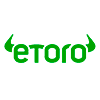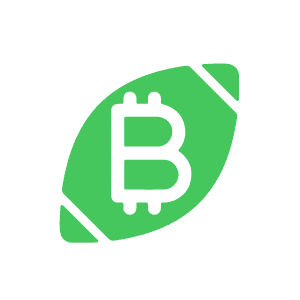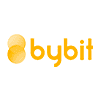You may be surprised to learn that higher education uses blockchain technology. Let that sink in for a moment. Yes, that typically slower-than-molasses-to-get-with-the-times education industry uses blockchain technology.
Here’s a quick blockchain technology overview and how colleges and universities use it.
You may be surprised to learn that higher education uses blockchain technology. Let that sink in for a moment. Yes, that typically slower-than-molasses-to-get-with-the-times education industry uses blockchain technology.
Here’s a quick blockchain technology overview and how colleges and universities use it.
How is Blockchain Used in Colleges and University Diplomas?
What is Blockchain Technology in Education?
Blockchain formed the cornerstone for Bitcoin. A distributed ledger system, each entry is a block time-stamped, encrypted and replicated at all of the nodes along the chain. The often-applied application of the blockchain in higher education mainly has to do with consolidating credentials.
How is Blockchain Technology Used in Higher Education?
Blockchain in higher education can adapt the use of degrees, certificates, and diplomas to a digital format.
Why is this technological innovation so important? In short, it:
- Offers security.
- Allows students to obtain automatic approval of credit transfer.
- Lets students take charge of certificates and diplomas instead of the university or college housing those items.
- Allows students, rather than the university to take control of their transcripts. Many argue that a transcript should be the property of the student. Blockchain doesn’t allow students to alter any credentials — but can add noncredit courses, internships and other experiences.
- Makes credentials digital and under a graduate’s control — and an intermediary doesn’t need to verify them.
Example of How it Can Work
Let’s say a student graduated from Massachusetts Institute of Technology (MIT) with a degree in economics in 2018. Let’s say that student decided to work for a New York-based tech startup from May 2018 to January 2019, and started an MBA at the University of Michigan in the fall of 2020.
MIT could upload the degree certificate, details about the student’s degree and awards and when the degree was attained. The New York startup could add the job title, dates worked, and other details. The University of Michigan could log the start date of the MBA program and will log grades and completion date when completed.
Advantages in Higher Education
There’s no Point A to Point B anymore — rarely do students graduate from high school, go to college and work for the same company for 30 years. A student is now more likely to take college classes during high school for AP credit, take a gap year, take online classes for a year, start at a university, then move on to finish his degree at a completely different institution. It’s important to be able to verify a number of transcripts all at once. Doing so would also reduce or eliminate credential fraud and take up less of the college’s time with credential verification.
Colleges and universities have also been creating consortiums to pool their resources. For example, the Internet 2 Net+ Initiative offers cloud-based services. Any university that belongs to the initiative can use the peer-to-peer transaction-based model.
It can also cure current issues within academia:
- Less of a degree-centric environment to a supply-chain design
- A supply-chain approach of delivery of professional, continuing and online education will be made available to students from their teenage years and beyond.
- The continuous delivery and documentation of learning will be secure, learner owned, documented, and certified.
- Sharing ideas can be more trackable. Opening up a consortium blockchain would allow individual professors and institutions to track who owns that information.
What it Means for the Future
Only go as far as the company EchoLink to see that blockchain in education actually works. EchoLink uses blockchain to create a platform that can verify university degrees, employment history, and other professional credentials.
EchoLink believes the blockchain can help build institutional trust through its immutability and time-stamping functions. Colleges can use its Eko token to incentivize education institutions to upload credentials about students.
Can All Colleges and Universities Adopt Blockchain Technologies?
There’s no question about it — artificial intelligence, big data, blockchain, and cryptocurrency changes how information moves between people and universities. It’s even created a new industry — fintech — and colleges will continue to need to update their curricula as employers require specific skill sets.
The current system of offering traditional transcripts and documentation will likely be unsustainable in the long run, especially as students’ paths become less linear.
Can education shift as a whole to a dynamic supply-chain model? Maybe — but many institutions are still behind the times and may take longer to adopt blockchain technology into their processes.
- Own a website? Link to this article!
- Willing to spread the love? Share it on social!




















